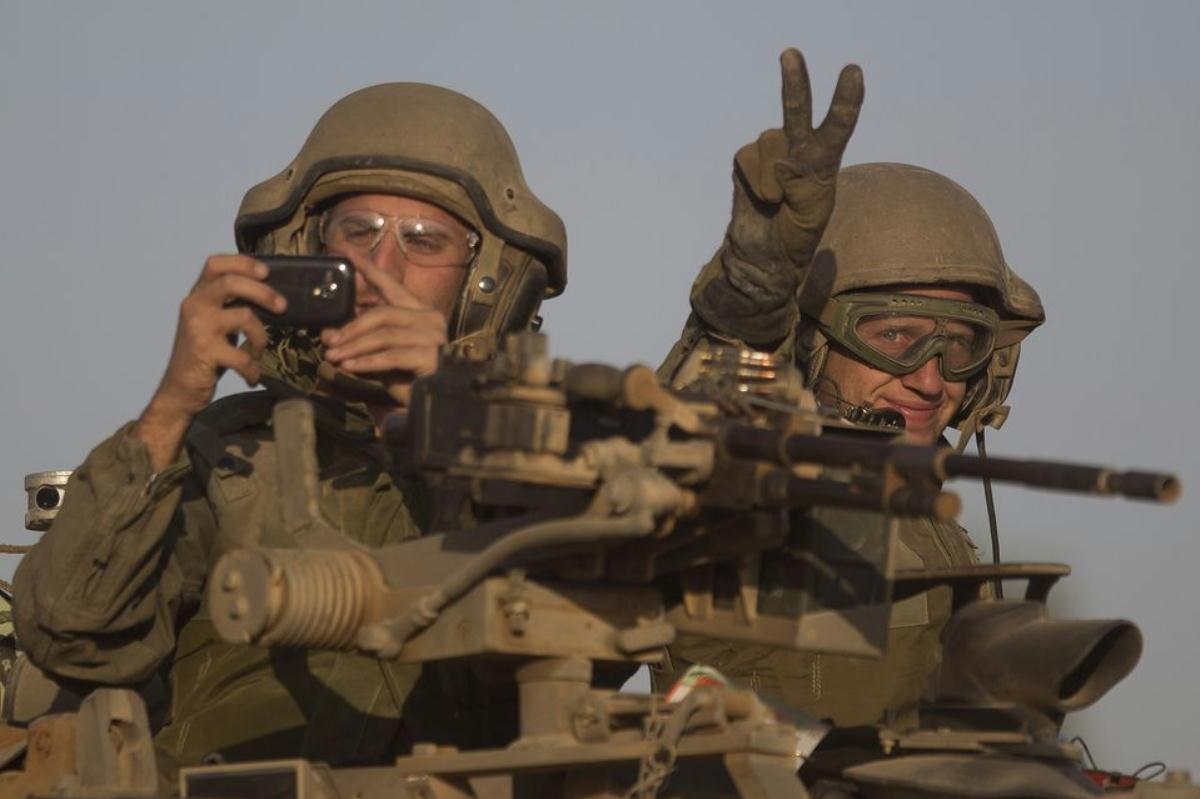Tighter rules of engagement contributed to US casualty rate in Afghanistan
/US military directives enacted in Afghanistan after President Obama took office in 2009 could be to blame for an increase in casualties according to a critical new report, and may have laid the seeds for the current impasse in negotiations.
Months after his presidential inauguration in 2009 Obama announced that the US would commit over 30,000 additional troops to the Afghan conflict. The order came at the request of military leaders on the ground in the Middle East, who advised the president that it would be beneficial to send troops in sooner and pull them out sooner than initially planned.
Obama tapped General Stanley McChrystal and then Army General David Petraeus to carry out the directive. Yet a new report from the Washington Times, a conservative paper often critical of the administration’s policies, notes that the shift from the policies of the Bush administration to Obama’s may have cost more American lives.
The rules of engagement (ROE) put into place in 2009 and the early part of 2010 limited air and artillery strikes in the name of preventing civilian casualties, and at times called upon soldiers to restrain from firing their weapons. The report in the Washington Times indicates that, upon approaching Taliban fighters, a ground unit would often have to convince a remote commander that the threat was armed before engaging.
“In Afghanistan, the [rules of engagement] that were put in place in 2009 and 2010 have created a hesitation and confusion for our war fighters,” Wayne Simmons, a retired US intelligence officer who worked at NATO headquarters in Kabul under McChrystal and Petraeus, told the Times.
“It is no accident nor a coincidence that from January 2009 to August of 2010, coinciding with the Obama/McChrystal radical change of the ROE, casualties more than doubled,” Simmons went on. “The carnage will certainly continue as the already fragile and ineffective [rules] have been further weakened by the Obama administration as if they were playground rules.”
US troop strength more than doubled from 40,000 to 85,000 military personnel between 2008 and 2010, the first full year of the surge. Despite that influx 499 Americans were killed in 2010, three times the 2008 total and roughly five times the 2007 death toll.
The American military presence peaked in 2011 at 100,000 troops, with 419 deaths that year. Numbers began to subside the following year, when the death toll fell to 319.













































































































































































































































































